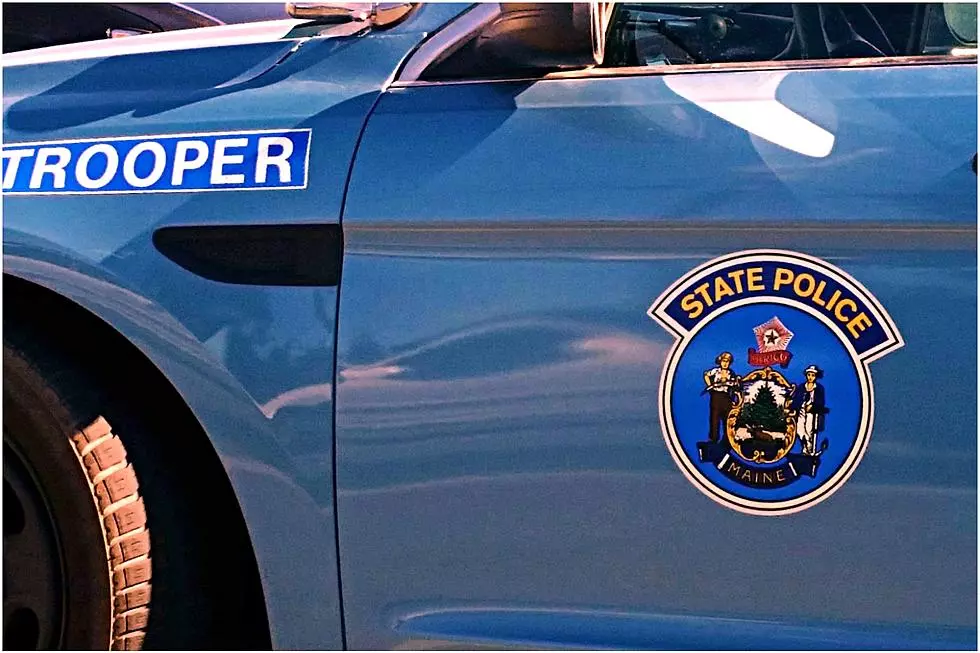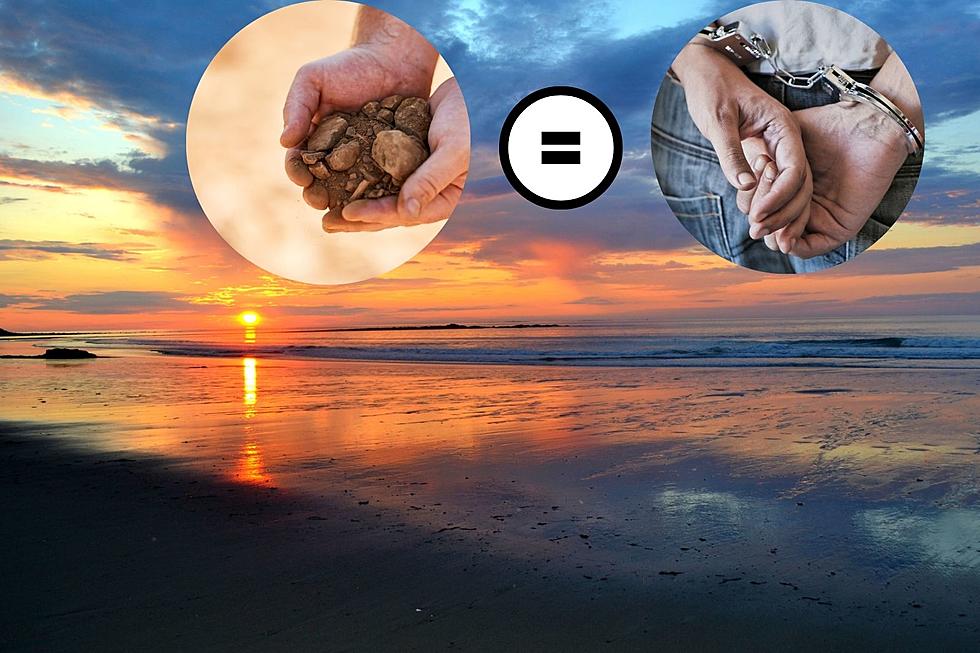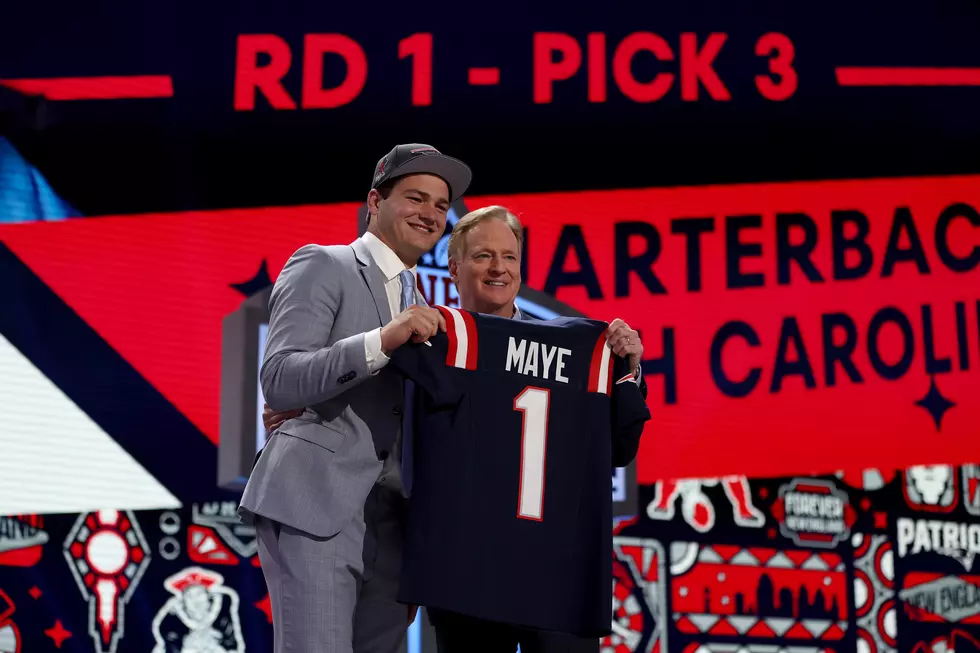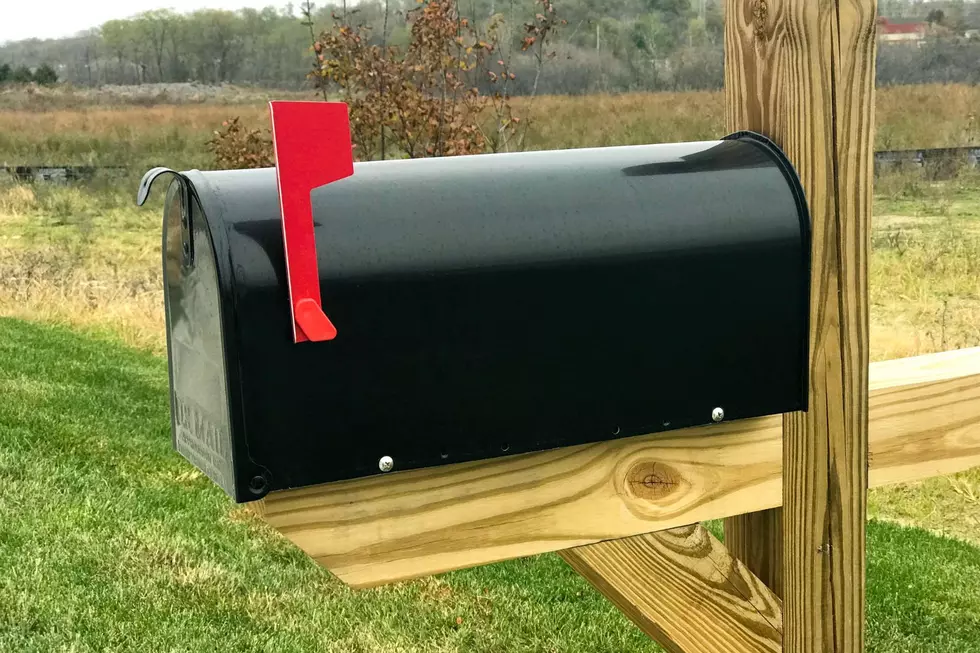
Do You Remember Getting Toll Tickets When You Entered the Maine Turnpike?
The Maine Turnpike has gone through a of changes and modernizations since it first opened to traffic in 1947. 75 years later, the speed limits are higher, the highway is wider, and the way we collect tolls is now done electronically. It wasn't always that way, though.
Up until 1997, drivers would approach the toll booth and stop to take a ticket, as was indicated on all the signs at the booths for the 50 years that the Maine Turnpike's "Transit Ticket" system was in place.
When I would be handed my ticket, I would tuck it in the visor and be on my merry way.
The tickets would have a large number in the upper left corner, which was the exit that you entered on. Your toll amount was shown for all of the exits on the Turnpike. For this ticket, if you got on at Exit 7 (which is now Exit 45 for Maine Mall Road and other South Portland destinations), you'd pay 95 cents if you were traveling north to Exit 12 in Auburn.
When you exited the Turnpike, you'd pay your toll in cash. That was the only option. I always carried a roll of quarters to pay my tolls.
Some interesting things you may notice about this toll ticket. There are five more exits today than there were in the 1980s. Also, the Scarborough exit was labeled as "Scarborough Downs", since the entrance was near the exit. That exit is now Exit 42, and has been completely redesigned and the area developed.
In 1997, toll tickets went away with the implementation of flat-rate tolls and the launch of Trans-Pass, the precursor to EZ-Pass. This was a box at least twice the size of the EZ-Pass that was mounted to your dash, with a display telling you how much you were charged when you went through the tolls. You didn't have to stop, but there was no high-speed toll collection until the system was replaced with EZ-Pass.
I'm a little nostalgic about the toll ticket system, but since I haven't had to stop to pay a toll for over 20 years, I'm not that nostalgic.
20 Easy Hikes for Mainers Who Don’t Actually Like Hiking
Gallery Credit: Meghan Morrison
LOOK: Here are the pets banned in each state
Gallery Credit: Elena Kadvany
More From









